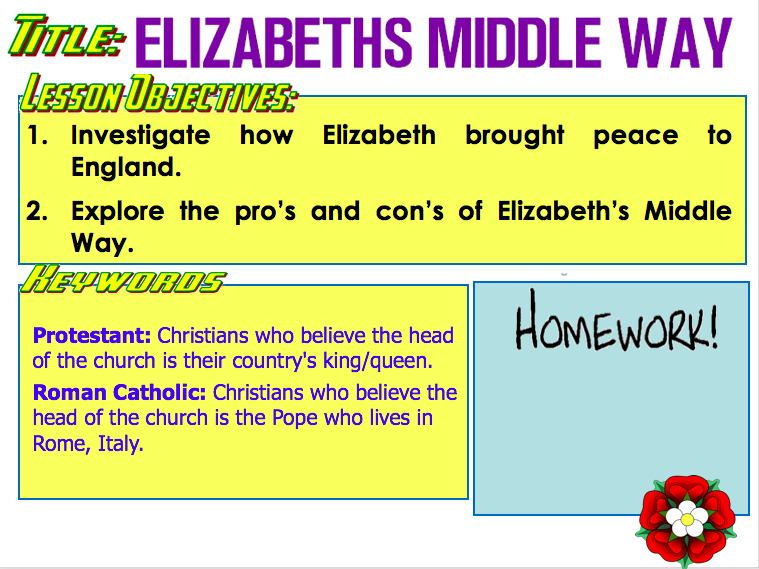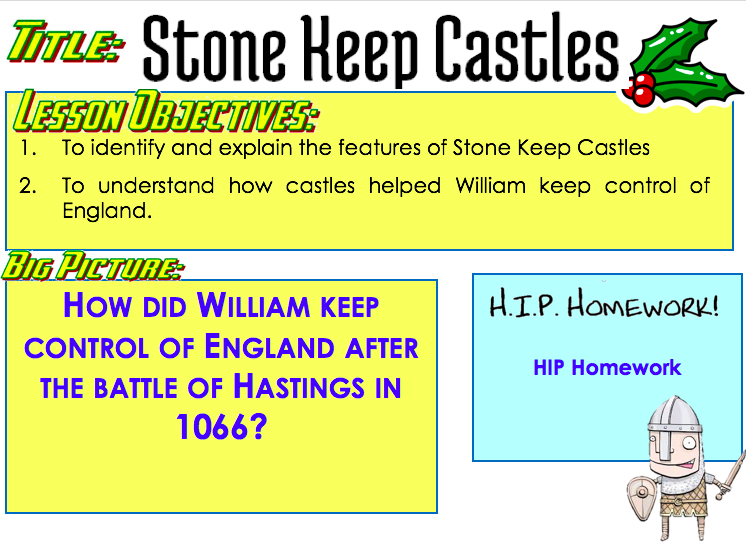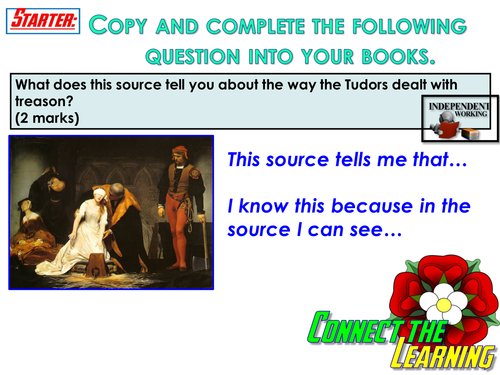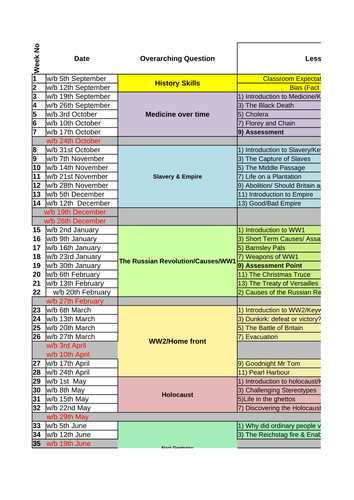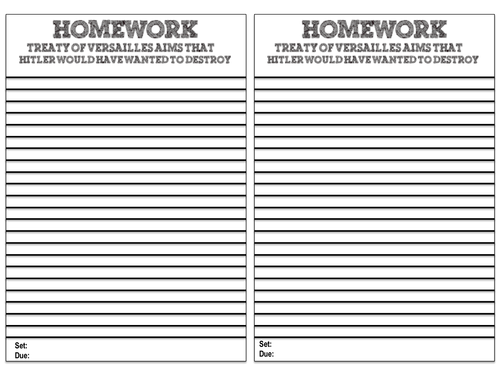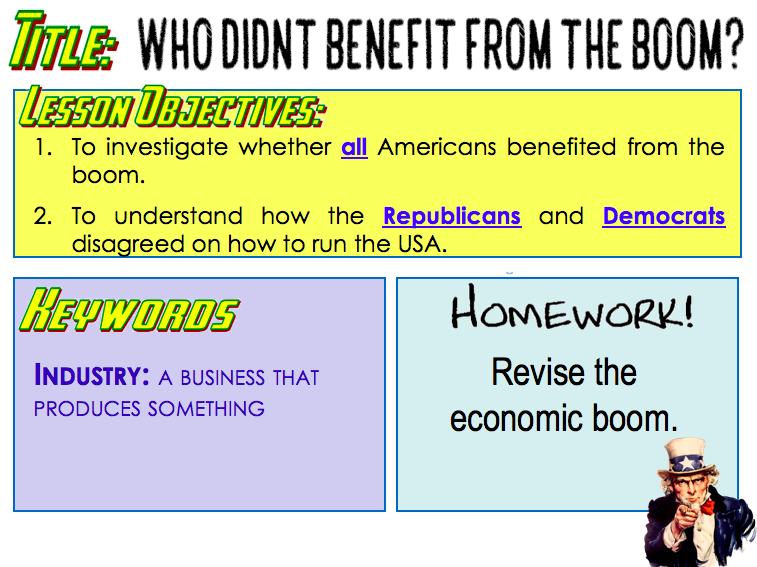Mrs Hopes History
Hi there, I am a head of History based in South Yorkshire. My strengths and passion are in teaching and learning. I enjoy making my lessons as engaging as possible as it is this, which I believe, to be the most effective behaviour management strategy and the key to helping students achieve excellent results and become engaged and excited about history and learning.


